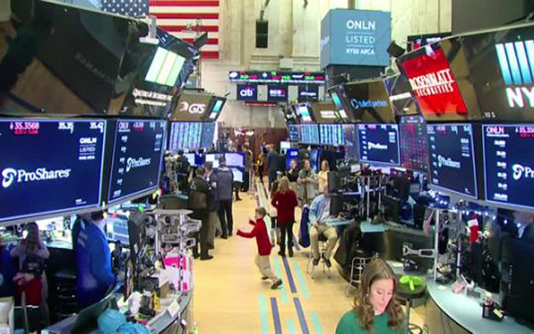NEW YORK, Nov 30, 2019 (BSS/AFP) – The US holiday shopping season
officially opened with a deluge of “Black Friday” promotions but the frenzied
crowds of the past have thinned out with the rise of e-commerce.
Companies in the retail, entertainment and tourism industries once again
tried to entice shoppers after Thanksgiving with a bevy of offers on a day
synonymous with American consumer culture and notorious “doorbuster” sales
that start at the crack of dawn.
But US consumers aren’t buying Black Friday the way they once did.
Only 36 percent of US consumers plan to shop this year on Black Friday,
down one percent from last year and a decline of 23 percent from 2015,
according to a PricewaterhouseCoopers survey.
“Just a few years ago, Black Friday had the aura of a FOMO (fear of missing
out) event,” PWC said. “Now it seems more symbolic than significant in the
pantheon of retail holidays.”
Black Friday will be followed in three days by “Cyber Monday,” a second
highpoint of spending early in the season.
Friday’s sales have prompted copycat versions throughout Europe, an effort
that has generated no small amount of friction.
This year’s events prompted protest in parts of France, Germany and the
Netherlands that included environmentalist rallies outside Amazon
distribution centers and human chains blocking malls.
There has been little sign of that sort of subversiveness in the United
States. Rather, the bigger emerging challenge for Black Friday has been
shifting consumer patterns.
The PWC survey said that for the first time in 2019 more consumers (54
percent) said they’ll do more of their shopping online than in stores.
– Higher sales expected –
Economists and retail industry insiders are broadly confident about the
outlook for the 2019 season, owing to a strong labor market.
Consumer spending accounts for about 70 percent of US economic growth and
has stayed strong throughout 2019 even as manufacturing has stagnated and
business investment has been lackluster.
“Consumers are in good financial shape and willing to spend a little more
on gifts for the special people in their lives this holiday season,” said
Matthew Shay, Chief Executive of the National Retail Federation.
The NRF has projected that US consumers will spend an average of $1,048
this year, up about four percent they said they would spend last year.
But increasingly more of those sales are migrating online.
This trend includes Amazon of course, but also traditional brick-and-mortar
chains like Walmart and Macy’s that have evolved into “multichannel”
retailers, as well as companies and organizations hawking everything from pet
food to hotel stays to political merchandise. President Donald Trump’s “Make
America Great Again” merchandise was being once again discounted on the US
president’s political website at 35 percent off.
Democratic presidential candidate Elizabeth Warren of Massachusetts was
offering 25 percent off merchandise orders of $75 or more.
Due to the lateness of Thanksgiving, this year’s holiday shopping season is
about six days shorter than last year, prompting more retailers to push up
promotions even earlier in the season than usual, according to analysts.
Online consumer spending on Thanksgiving day came in this year at $4.2
billion, up 14.5 percent from a year ago and the first time above $4 billion,
according to Adobe Analytics.
Jason Woosley, a vice president with Adobe, said preliminary data showed
Black Friday was also on track to top its performance from last year by
almost 19 percent, with promotions for sporting goods and appliances
especially popular.
The data suggested the Thanksgiving day shopping spree hasn’t “stolen any
traffic from Black Friday,” he said, adding that about 20 percent of the
overall online sales for the season are expected between Thanksgiving and
Cyber Monday.



